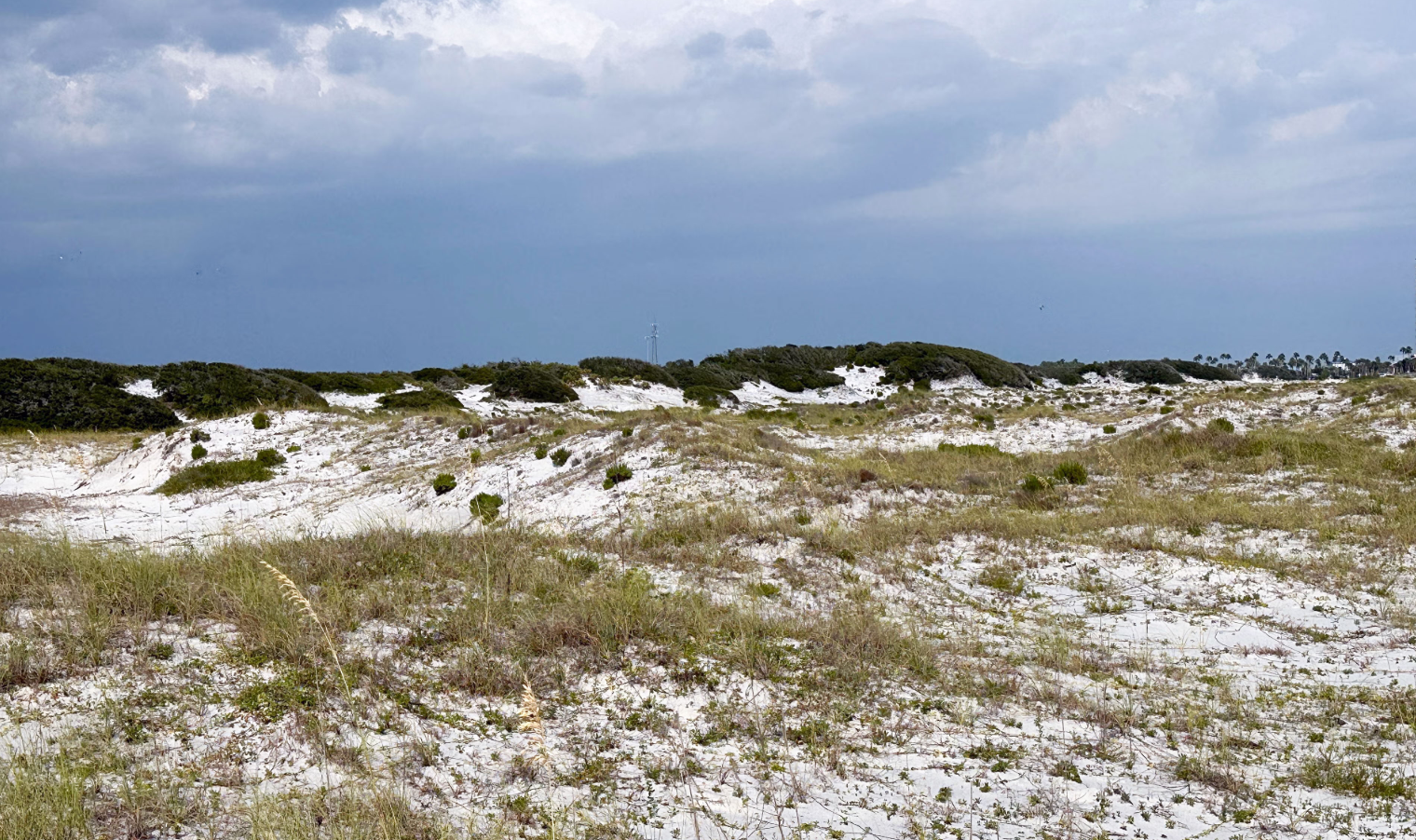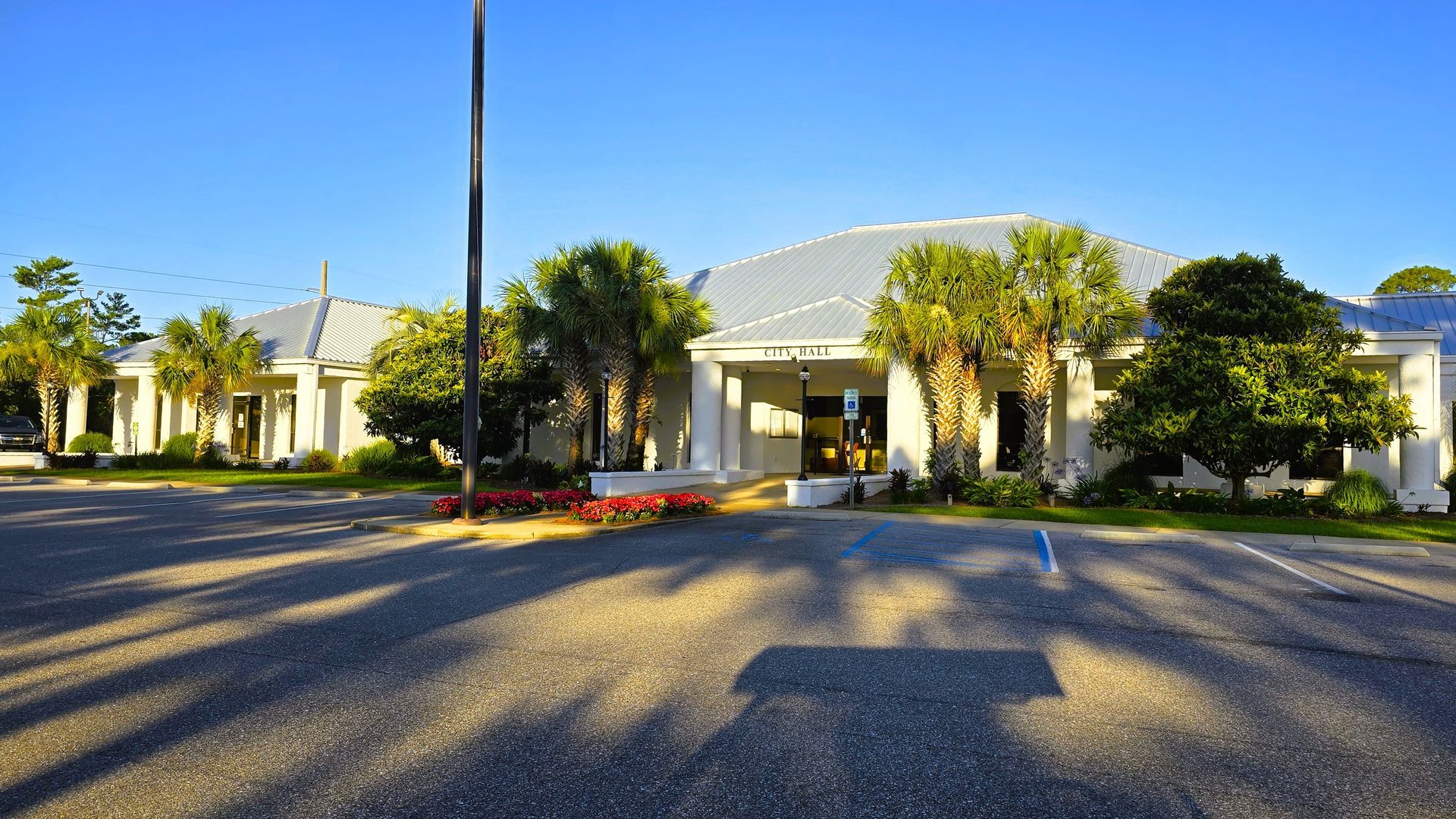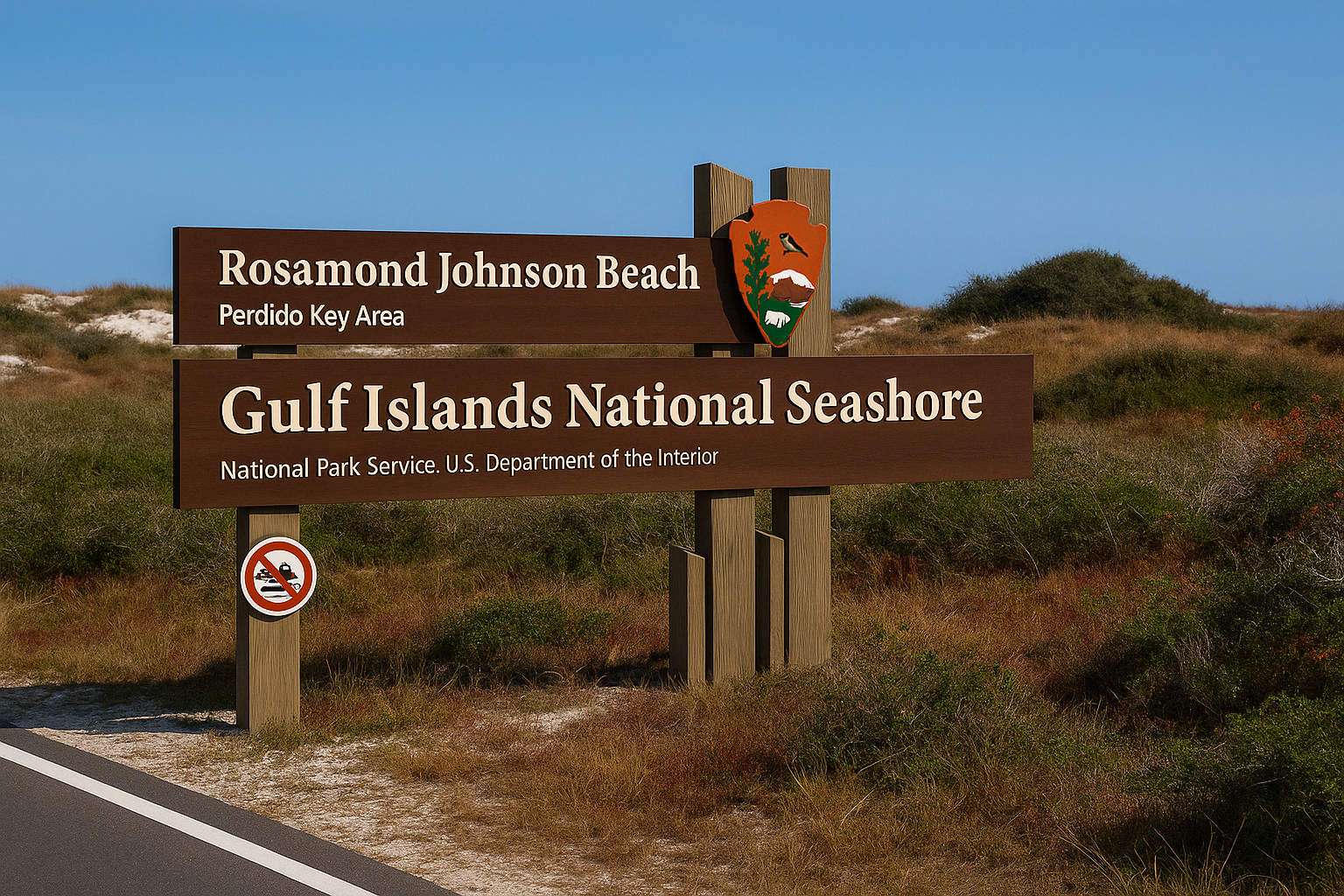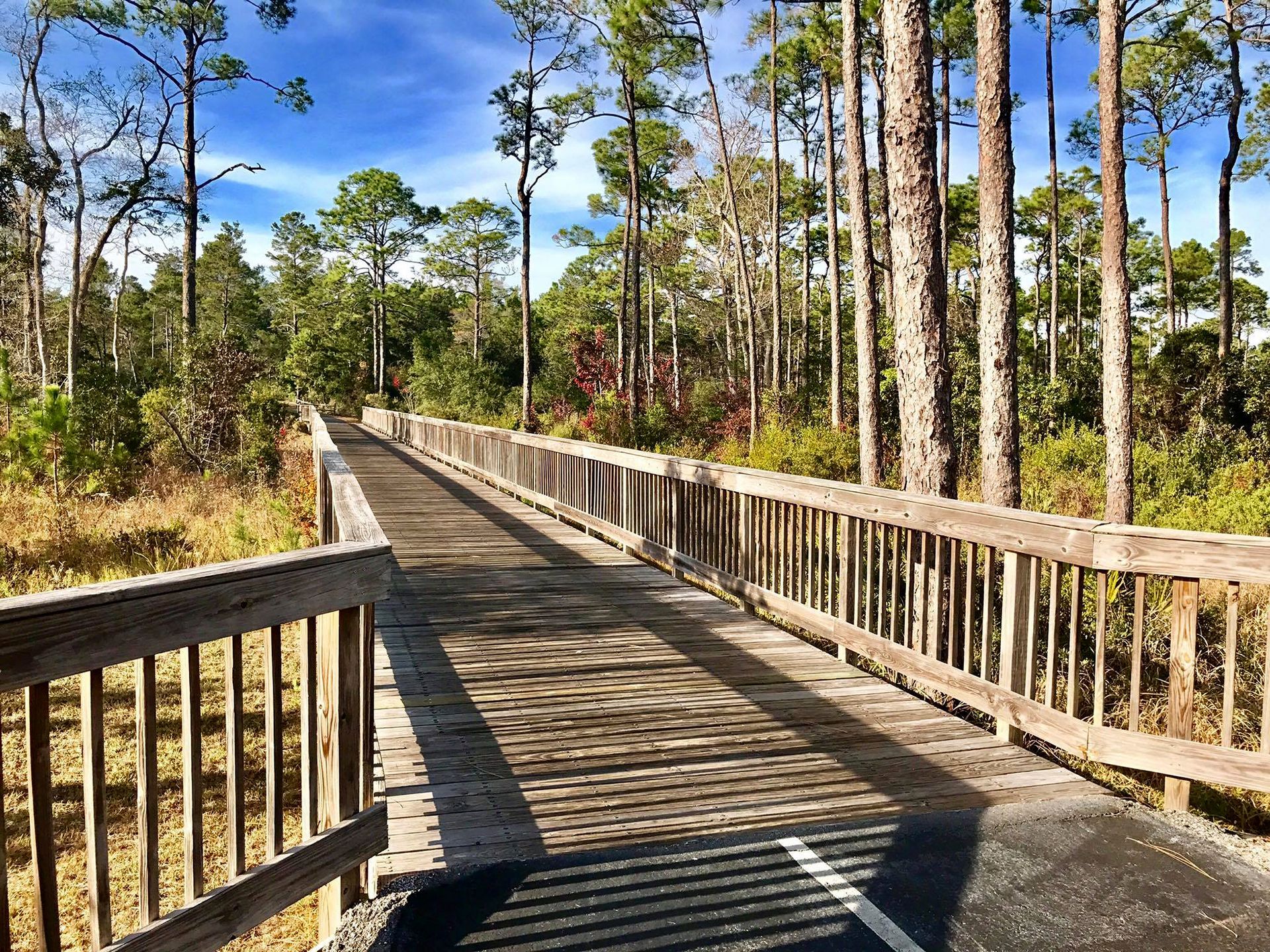The Enchanting Gulf Coast Pitcher Plant: History, Bloom, and Significance
Plants That Bite Back: A Journey into the Lives of Gulf Coast Pitcher Plants and Their Insect Prey
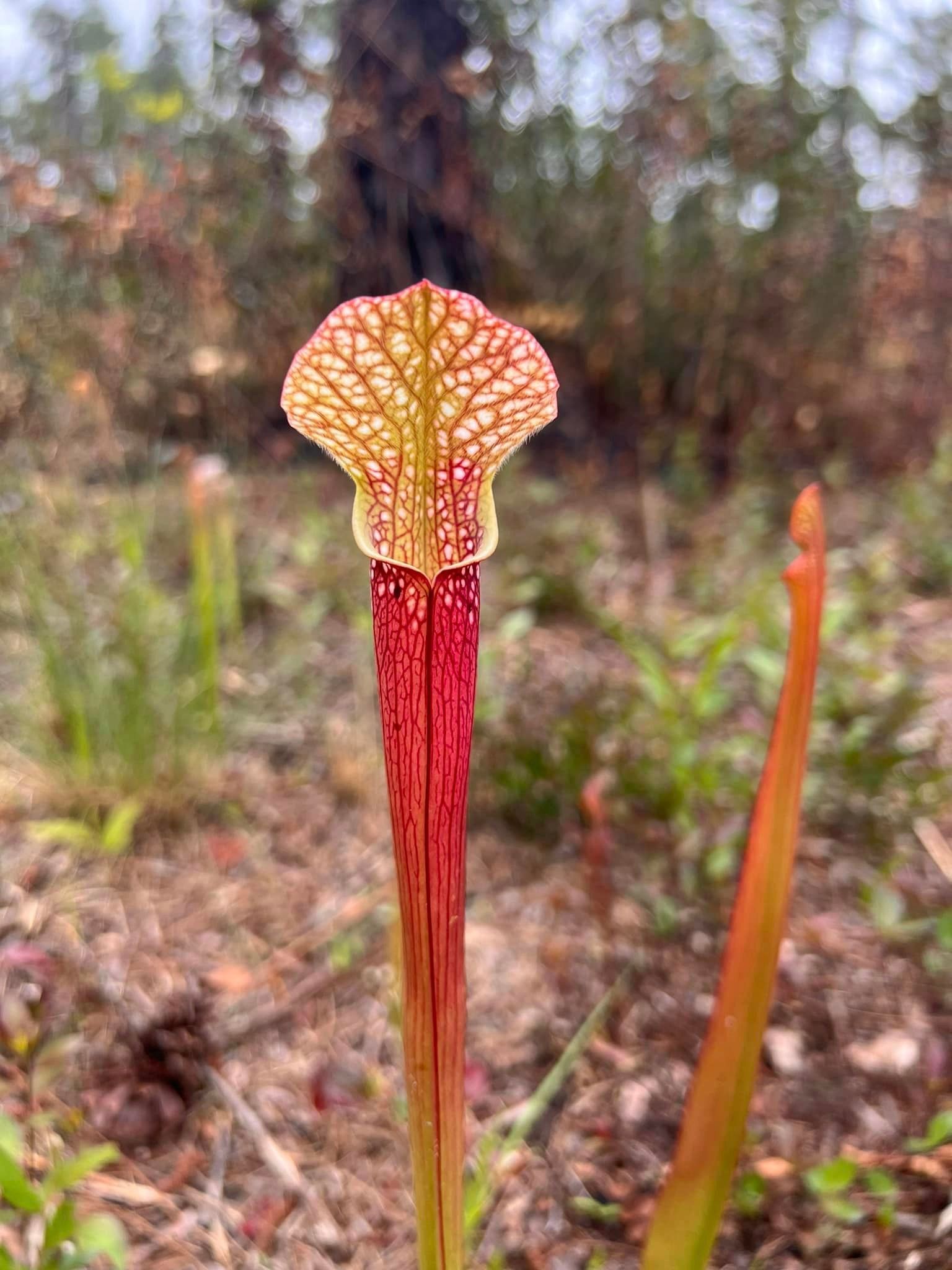
Foley, Ala. - (OBA) - The Gulf Coast of the United States is home to diverse and unique ecosystems, including a remarkable species of carnivorous plants. Among these fascinating plants, the pitcher plant stands out for its captivating beauty and intriguing natural history. This article will delve into the history of pitcher plants found along the Gulf Coast, their blooming season, and their ecological significance.
History:
The Gulf Coast pitcher plants, scientifically known as Sarracenia, belong to a genus of North American pitcher plants that are native to the southeastern United States. These plants have been a part of the local flora for thousands of years, thriving in the region's nutrient-poor, acidic soils.
The genus Sarracenia was first described by Swedish botanist Carl Linnaeus in 1753. Since then, the study of these captivating plants has fascinated botanists and naturalists, leading to the discovery of several species and hybrids. Along the Gulf Coast, Sarracenia species such as S. alata (Yellow Pitcher Plant), S. leucophylla (White-top Pitcher Plant), and S. psittacina (Parrot Pitcher Plant) are commonly found.
Bloom Season:
Gulf Coast pitcher plants typically bloom from March to May, depending on the species and local conditions. The plants produce beautiful, solitary flowers that vary in color from deep red to bright yellow. These flowers are borne on tall stalks above the pitcher-like leaves to prevent self-pollination and avoid trapping potential pollinators.
The flowers are often pollinated by bees, flies, and other insects attracted to their color and scent. Following pollination, the plants produce capsules filled with tiny seeds. The seeds are eventually dispersed by wind or rain, allowing the plants to colonize new areas.
Significance:
- Ecological Role: The carnivorous nature of pitcher plants plays a vital role in their local ecosystems. They help maintain a balance by controlling insect populations, primarily mosquitoes and flies. Their nutrient-absorbing abilities also help recycle essential nutrients in the otherwise nutrient-poor environments they inhabit.
- Indicator Species: Pitcher plants serve as important indicator species for monitoring the health of ecosystems. Their presence can provide valuable information about soil conditions, water quality, and habitat integrity. A decline in pitcher plant populations may signal environmental degradation or the presence of invasive species.
- Conservation Efforts: Several species of Gulf Coast pitcher plants are threatened due to habitat loss, degradation, and the encroachment of invasive species. Understanding their natural history, blooming habits, and ecological significance is essential for informing conservation efforts to protect these captivating plants and their habitats.
- Educational and Aesthetic Value: The unique appearance and biology of pitcher plants make them popular among plant enthusiasts and educators alike. They serve as excellent examples of plant adaptation and evolution, sparking interest in botany, ecology, and conservation. Their striking appearance also contributes to the aesthetic value of the ecosystems they inhabit.
The Gulf Coast pitcher plants are fascinating examples of nature's ingenuity, offering valuable insights into plant adaptation, ecological balance, and environmental health. As the enchanting bloom of these carnivorous plants occurs along the Gulf Coast, it is a reminder of the importance of preserving the habitats that nurture such extraordinary flora. Through conservation efforts and continued research, these captivating plants can be protected for future generations to appreciate and admire.
Pitcher plants are currently blooming in the Graham Creek Reserve in Foley. If you aren’t sure where to go see these amazing plants, stop in at the Interpretive Center and we’ll get you going in the right direction (see map below).
Click here to see more photos of the Pitcher Plants at Graham Creek.
Share this article w/ Friends...
